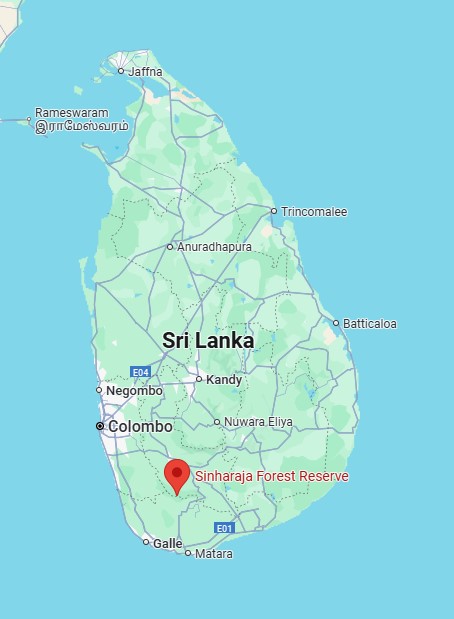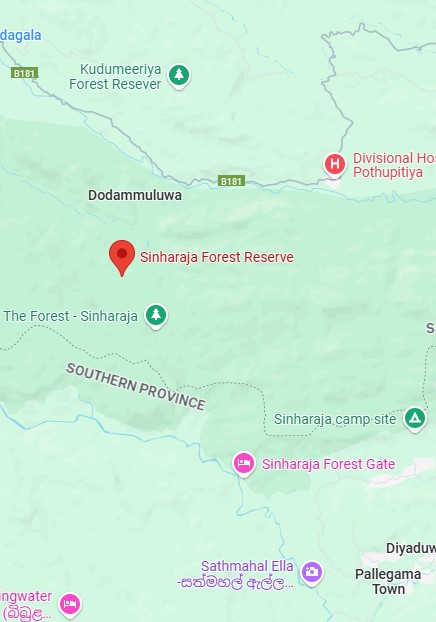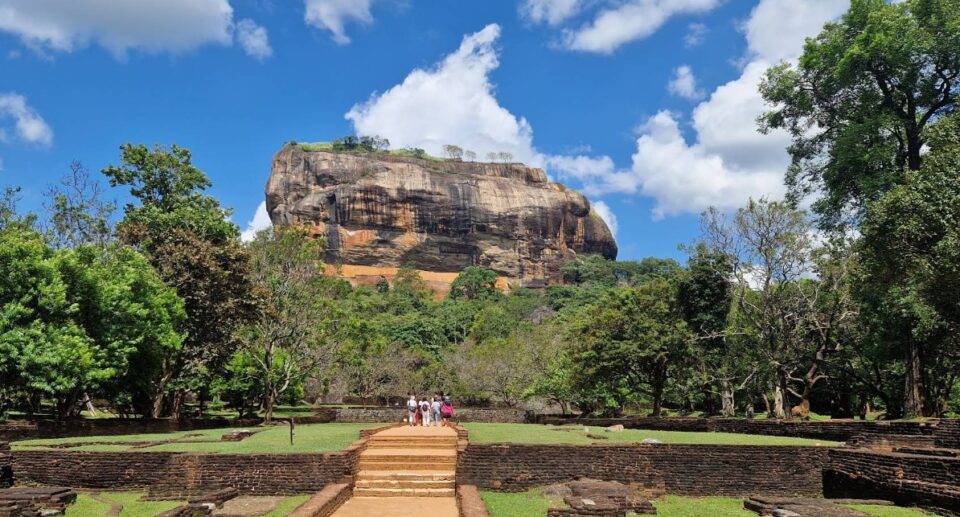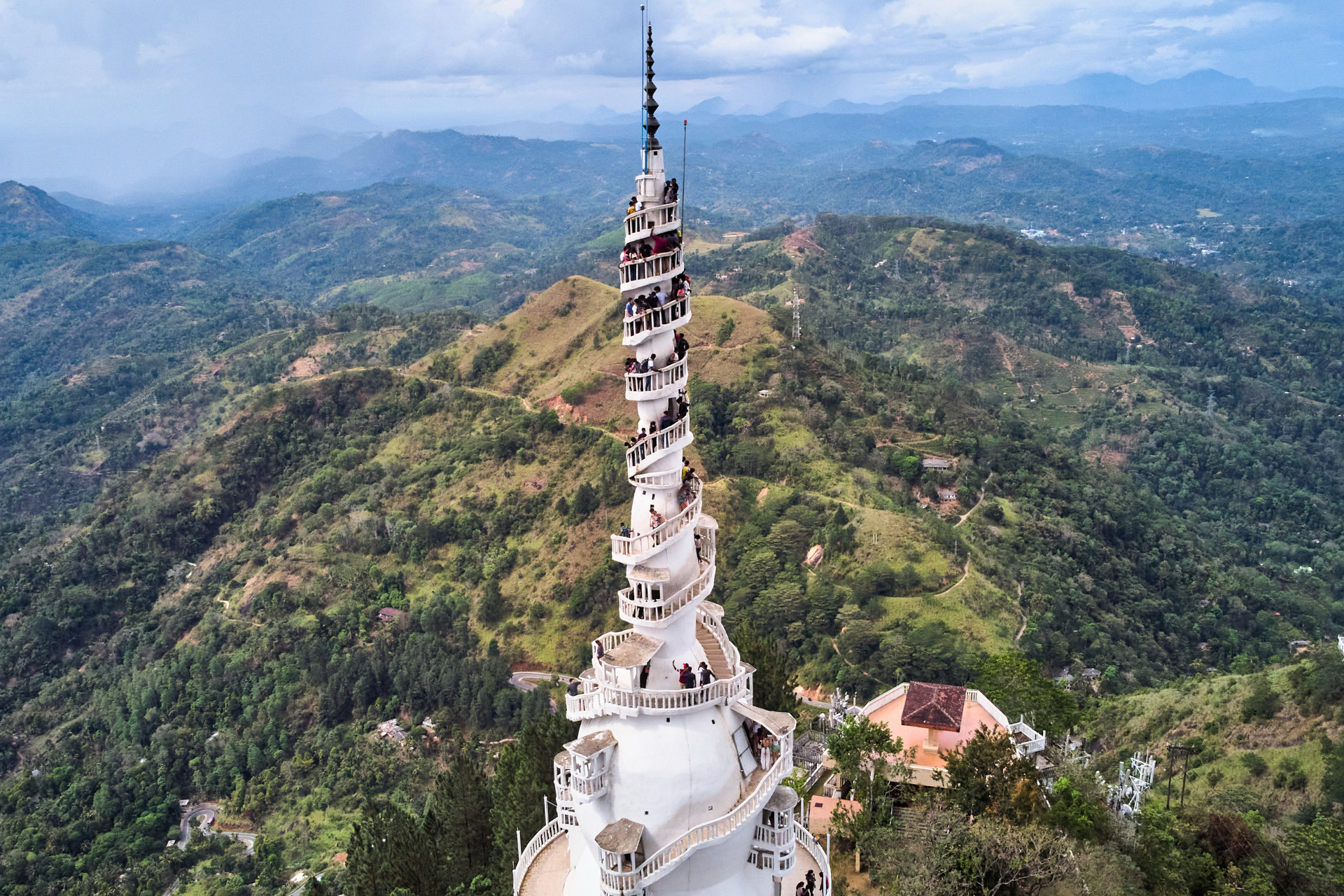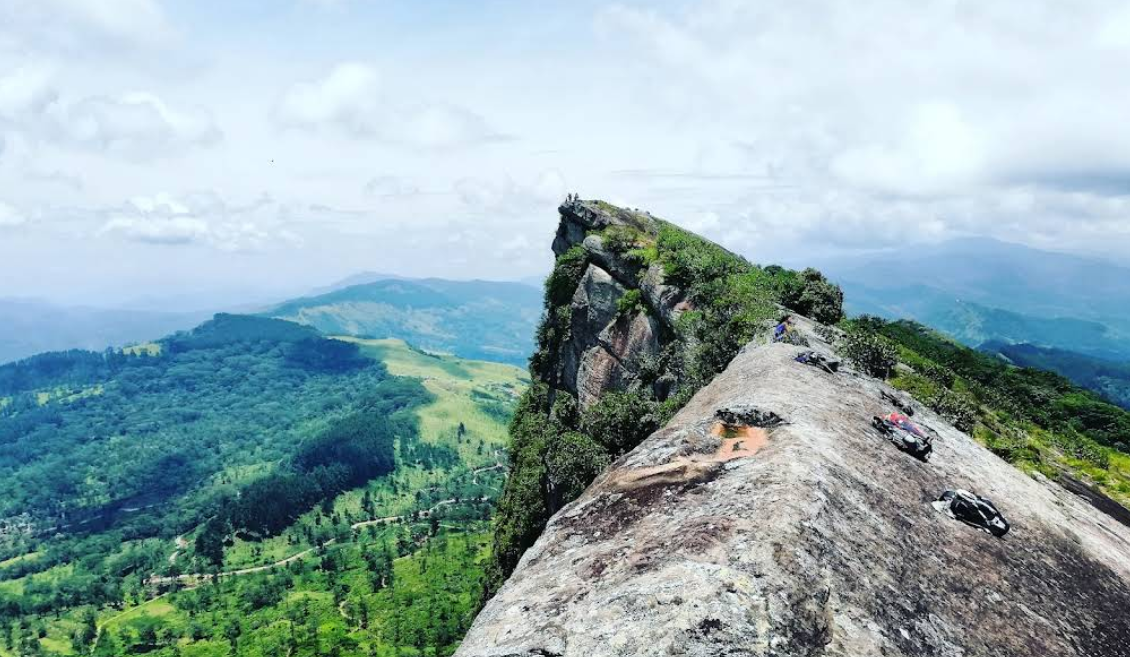Sinharaja Forest Reserve: A Treasure Trove of Biodiversity
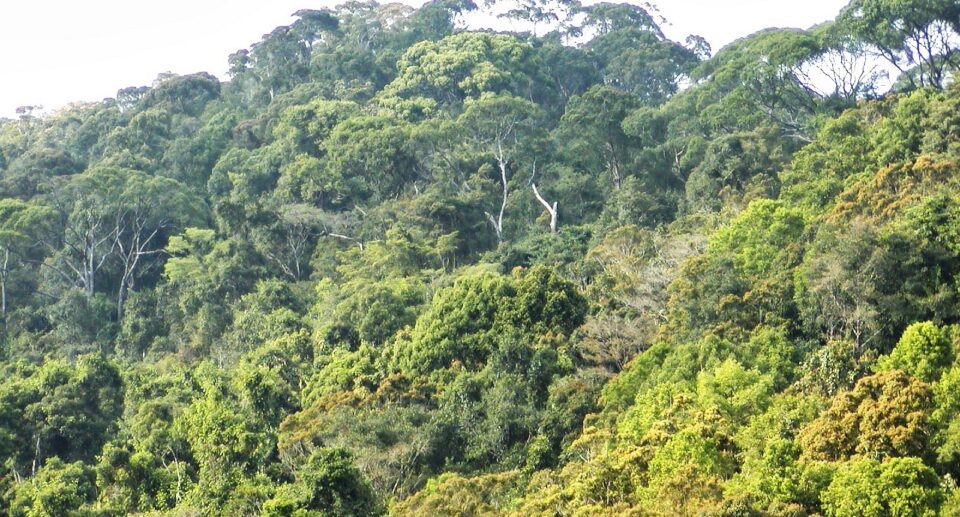
The Sinharaja Forest Reserve, located in the southwestern part of Sri Lanka, is a UNESCO World Heritage Site and an island remnant rainforest. Spanning approximately 11,187 hectares, the lush forest is a biodiversity hotspot with endemic species of plants and animals. Its natural value, cultural value, and role in environmental protection establish Sinharaja as not only a national treasure of Sri Lanka but also a valuable part of the world environment.
Geographical Position and Weather
Sinharaja lies in Sri Lanka’s wet zone, largely in the Sabaragamuwa and Southern Provinces. It traverses parts of Galle, Matara, and Ratnapura districts. The topography is hilly, and the altitude ranges from 300 to 1,170 meters above sea level. As it is located in the wet zone, the forest receives an average annual rainfall of 3,000 to 6,000 mm. The climate is warm and humid during all seasons with minimal seasonal variation, which makes the environment ideal for a tropical rainforest ecosystem.
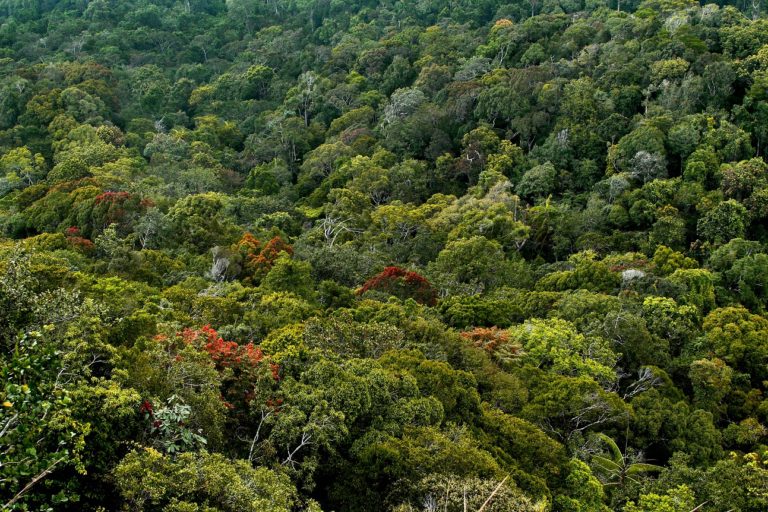
Historical and Cultural Significance
The name “Sinharaja” means “Lion King,” and the name is rich in legend. Legend has it that the forest had a lion king as an occupant of the forest whose lineage is claimed to have been the progenitors of the Sinhalese race. Though mythical, the stories identify the strong cultural connection which the Sinhalese have to the forest.
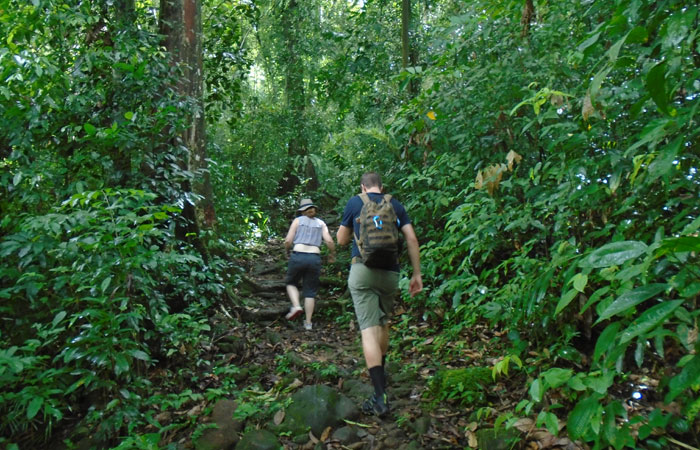
Historically, Sinharaja has been largely undisturbed due to its inaccessibility and rugged terrain. However, during the colonial period, parts of the forest were logged, especially for valuable hardwoods like teak and mahogany. Recognition of its ecological value grew in the latter half of the 20th century, leading to conservation efforts and its designation as a Biosphere Reserve in 1978 and a World Heritage Site in 1988.
Biodiversity and Endemism
Sinharaja is famous worldwide for its dense biodiversity, particularly its high endemism rate. Nearly 60% of trees are endemic, and some are rare. Over 130 species of birds, 60 species of butterflies, 20 species of amphibians, and numerous mammals, reptiles, and insects inhabit the forest.
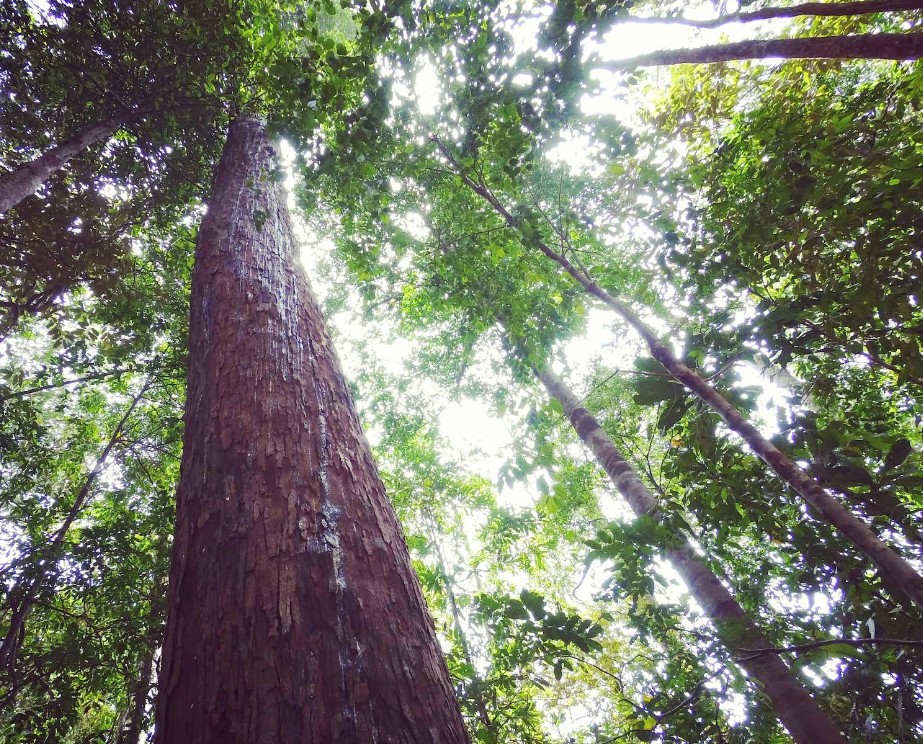
Some of the most notable species are: Sri Lanka blue magpie (Urocissa ornata) Sri Lanka spurfowl (Galloperdix bicalcarata) Red-faced malkoha (Phaenicophaeus pyrrhocephalus) Purple-faced langur (Semnopithecus vetulus) Green pit viper (Trimeresurus trigonocephalus)
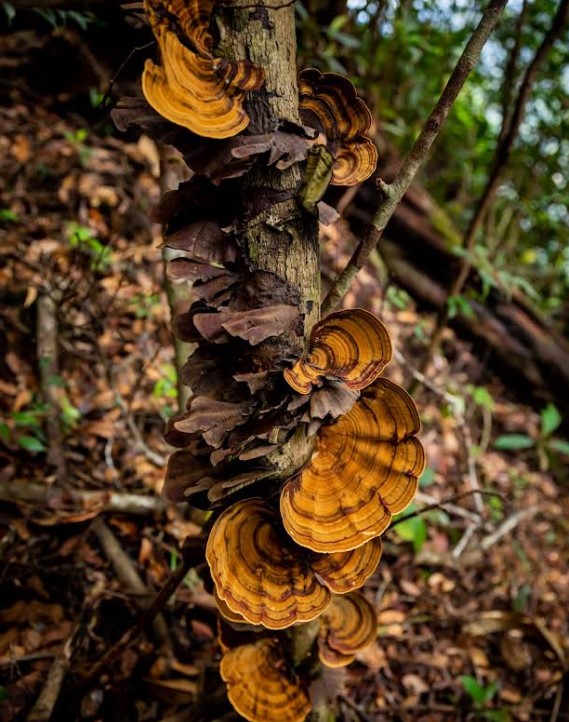
Endemic vegetation such as Mesua ferrea, Shorea congestiflora, and Doona dipterocarpaceae form the canopy stratum, which is densely forested and contains various ecological interactions.
Ecological Importance
Sinharaja plays an important role in climatic stability, water control, and soil protection. Dense canopy in Sinharaja acts as a carbon sink, taking away the effects of climate change. The forest is also a catchment area for several rivers such as the Gin Ganga and the Kalu Ganga and supplies water to the neighboring communities.
Sinharaja’s intricate food webs and ecosystems maintain an ecological balance of fine proportions. Nutrient cycling, seed dispersal, and pollination are made possible by numerous interdependent species. Its pristine ecosystem makes it an ecological and biological natural laboratory.
Threats to the Forest
Sinharaja, despite protection, faces a set of problems that imperil its ecological balance:
Encroachment and Land Use Change: Plantation, agriculture, and settlements along the forest edge have resulted in fragmentation.
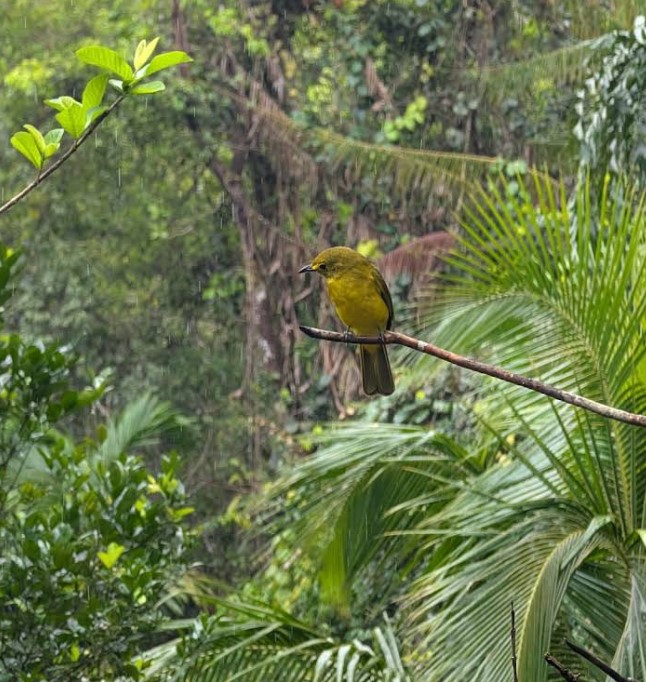
Illegal Logging and Poaching: While extensive logging has been banned, incidental illegal logging and wildlife poaching pose a threat.
Tourism Pressure: Though ecotourism raises awareness and earns revenue, unchecked tourism activity can generate pollution, trail erosion, and disturbance to wildlife.
Invasive Species: Non-native plant invasions like Clidemia hirta are a threat to native biodiversity through competition with native plants.
Climate Change: Temperature and precipitation changes can alter the distribution of species, disrupt breeding patterns, and make even uncommon species vulnerable to extinction.
Conservation and Management Efforts
The Sri Lankan government and international organizations like UNESCO, IUCN, and other NGOs have implemented numerous conservation plans to protect Sinharaja. These include
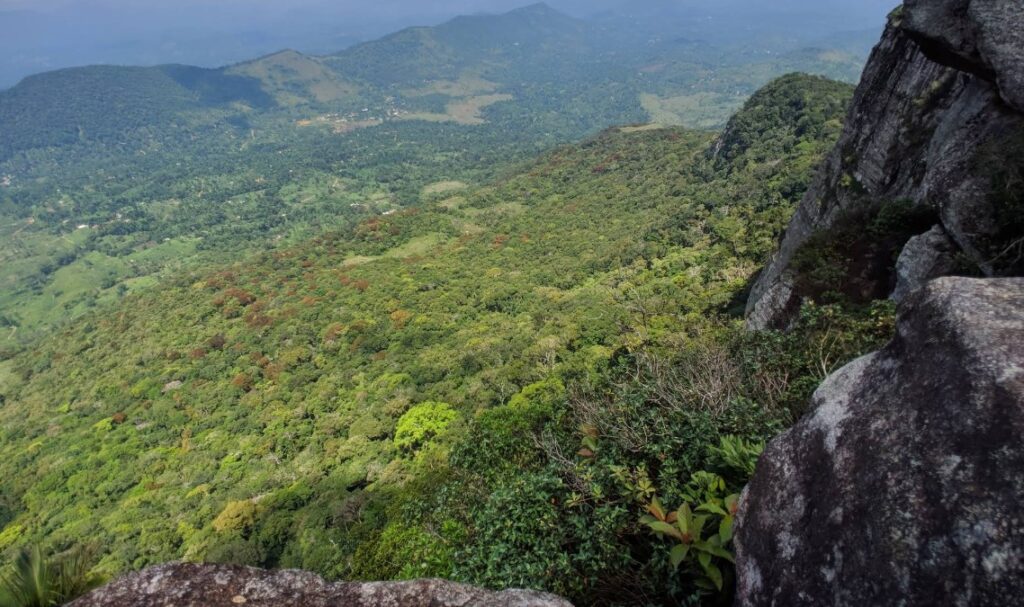
Strict Legal Protection: Timber harvesting and hunting are prohibited in the forest, while low-impact ecotourism is permitted.
Buffer Zone Establishment: Buffer zones surrounding the core forest are established to minimize the impact of human use.
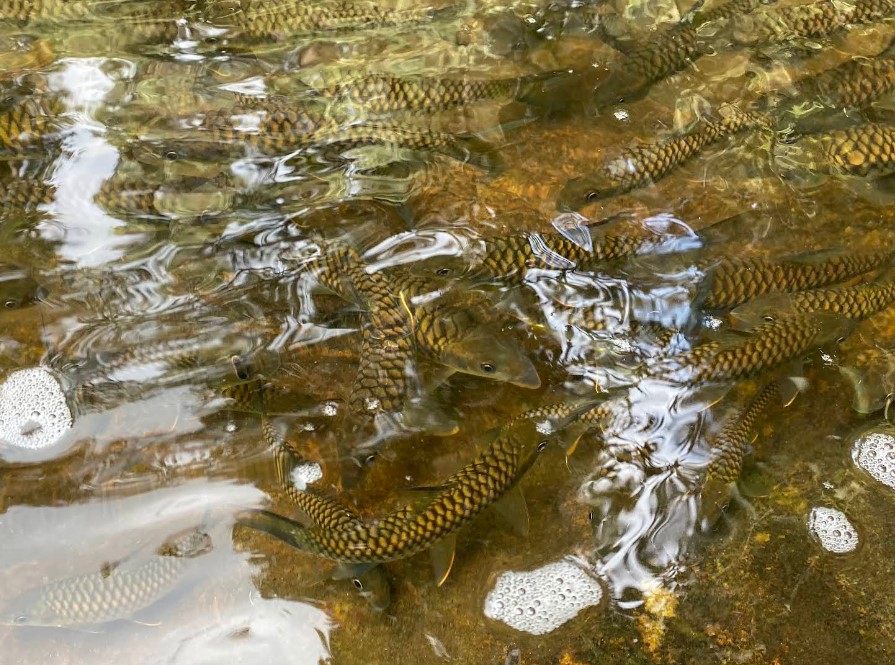
Community Involvement: Indigenous communities are engaged in conservation through education, employment in ecotourism, and participation in reforestation programs.
Scientific Research: Ongoing biodiversity monitoring, species monitoring, and ecological studies yield data crucial for adaptive management.
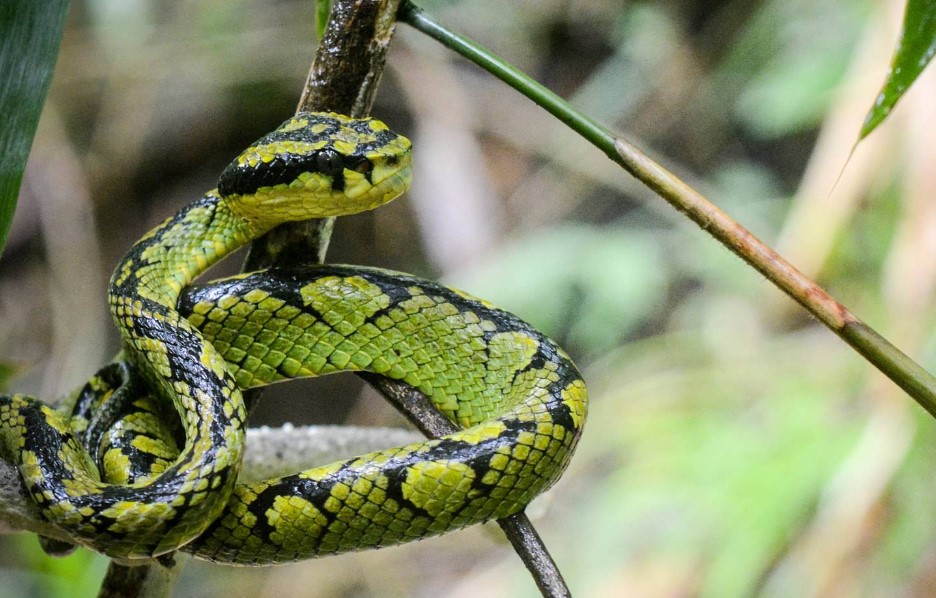
Reafforestation Projects: Sinharaja and the surrounding degraded areas are being reafforested with native species to restore ecology.
Eco-Tourism and Education
Sinharaja eco-tourism is properly managed to encourage conservation and reward local communities. Tourists are able to experience the forest through guided walks, which educate them about the ecology, wildlife, and cultural heritage of the forest. Trails such as Mulawella and Waturawa provide safe access to observe flora and fauna without disturbing the ecosystem.
School and university level educational programs are also organized within the forest. “These programs will instill a feeling of environmental responsibility among the new generation so that future citizens will value the importance of conservation of biodiversity.”
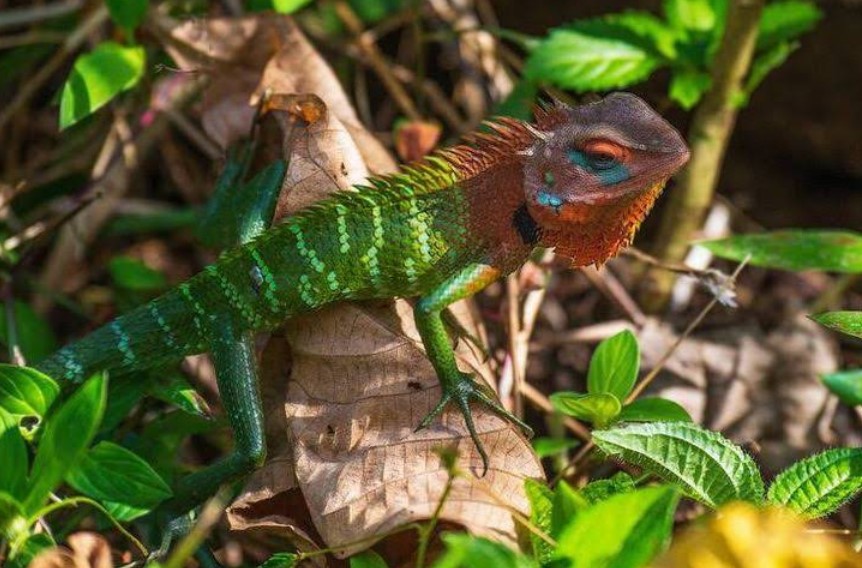
Sinharaja Forest Reserve is a pride of Sri Lanka’s natural heritage and
an international symbol of conservation of biodiversity. With its unparalleled endemism diversity, complex ecosystems, and crucial ecological functions, it is an impassioned call for the conservation of the planet. While threat persists, concerted efforts in sustainable management, research, and public involvement offer hope for the future of the forest. Successful conservation of Sinharaja can be a model for tropical rain forests across the globe.
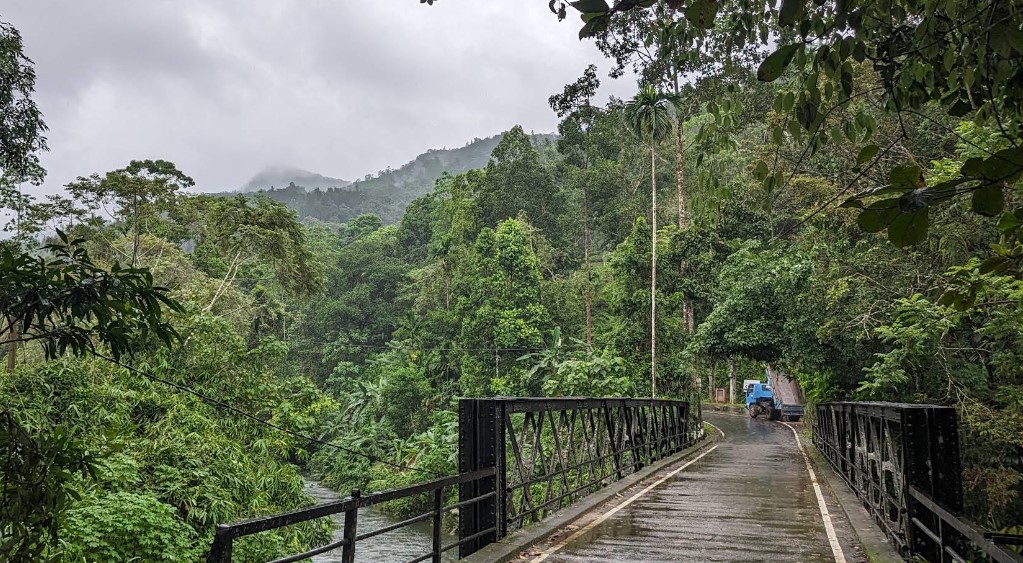
Main Access Points to Sinharaja
Sinharaja can be accessed via three main entrances:
- Deniyaya Entrance (Southern side)
- Kudawa Entrance (Northwestern side, near Weddagala)
- Pitadeniya Entrance (Southwestern side)
Each entrance leads to different trails and sections of the forest, with Kudawa being the most commonly used for research and eco-tourism.
How to Reach Sinharaja from Colombo (or Bandaranaike International Airport)

By Private Vehicle (Car/Van/Taxi)
- Route to Kudawa Entrance (approx. 4–5 hours drive):
- Colombo → Horana → Matugama → Kalawana → Weddagala → Kudawa (Sinharaja entrance)
- Distance: ~130 km
- Best for convenience and flexibility
- Route to Deniyaya Entrance (approx. 4.5–5.5 hours drive):
- Colombo → Galle → Akuressa → Deniyaya → Mederipitiya (Sinharaja entrance)
- Distance: ~150 km
By Train + Bus/Taxi
- Take a train from Colombo Fort to Matara or Galle
- From there, take a bus or hire a taxi to Deniyaya or Kalawana, depending on your chosen entrance
By Bus (Budget Option)
- From Colombo or Galle, take a bus to Deniyaya or Kalawana
- Then take a local tuk-tuk or bus to the nearest Sinharaja entrance (e.g., Mederipitiya or Kudawa)
Where to Stay
- There are eco-lodges, guesthouses, and forest bungalows near all three entrances
- Kudawa has the Forest Department’s Information Center, research station, and several accommodations nearby
- Deniyaya and Pitadeniya also offer homestays and eco-resorts for different budgets
Tips for Visiting Sinharaja
- Hire a guide: It’s required by the Forest Department and enhances your experience with insights into biodiversity
- Wear proper gear: Hiking shoes, leech socks, raincoat (it’s a rainforest!)
- Visit time: The best time to visit is December to April and August to September when rains are lighter
- Book in advance if visiting during holidays or peak tourist months
